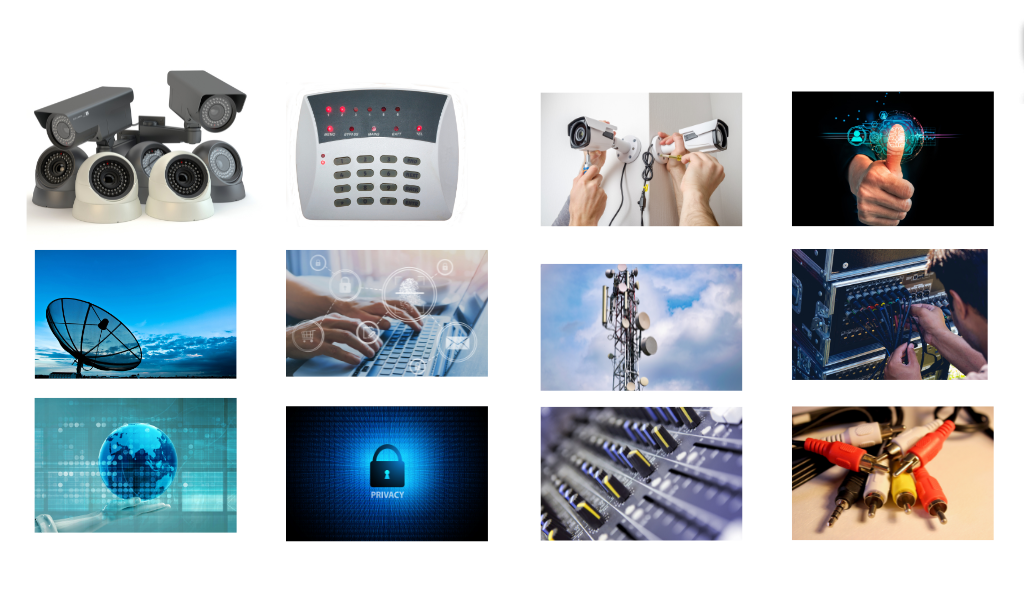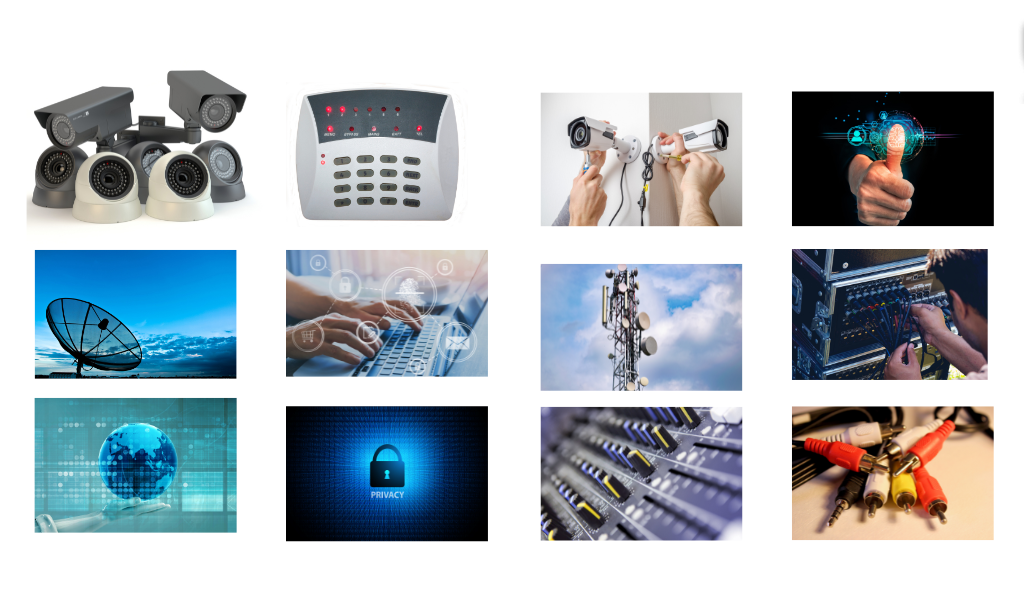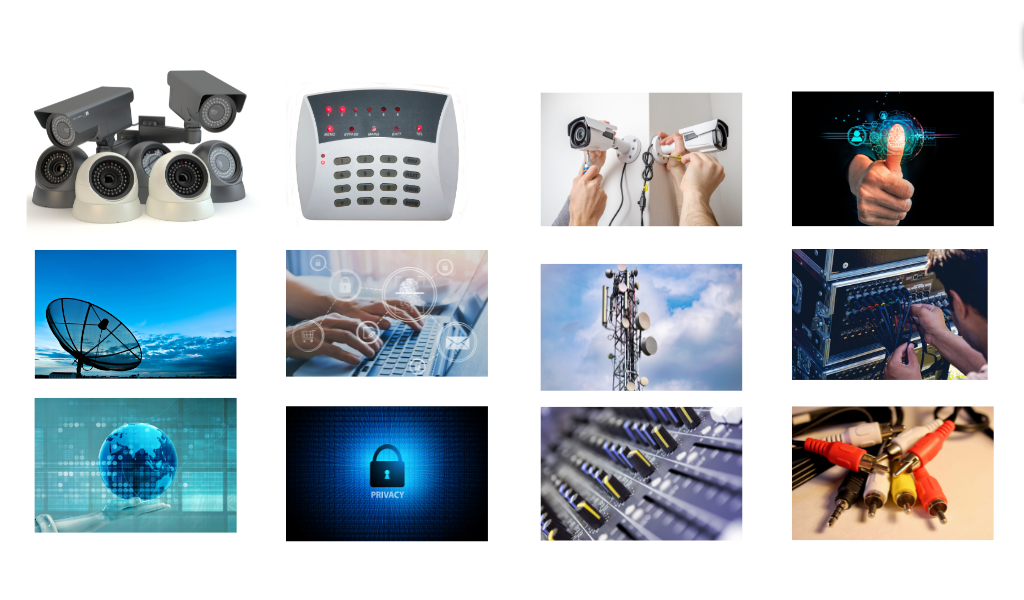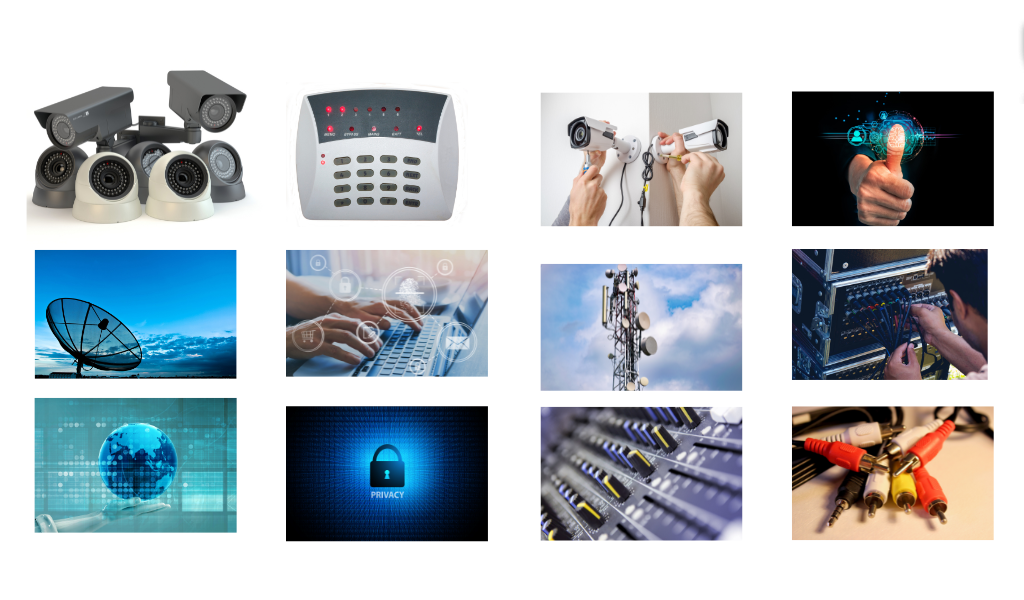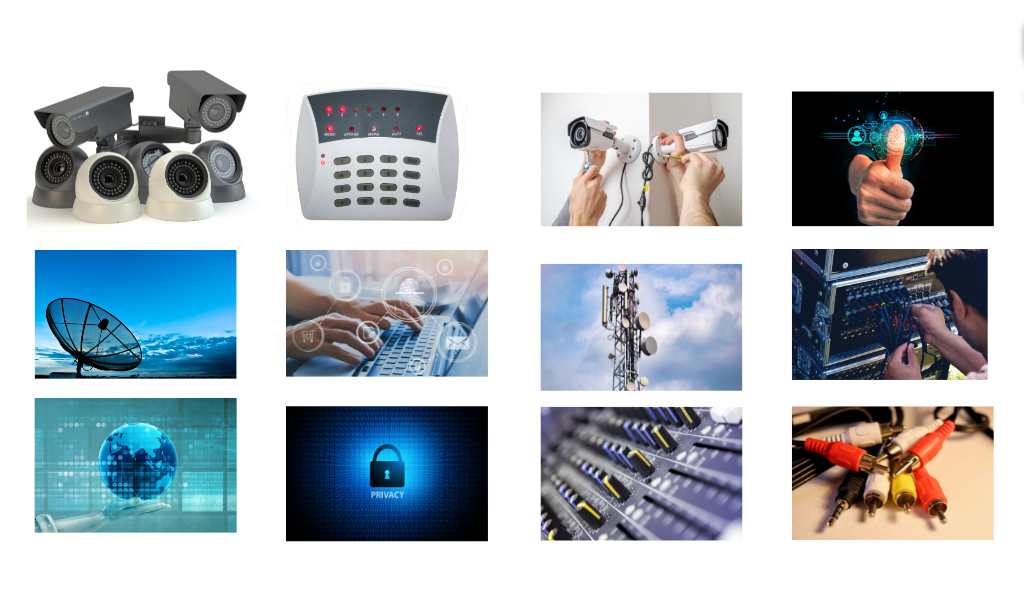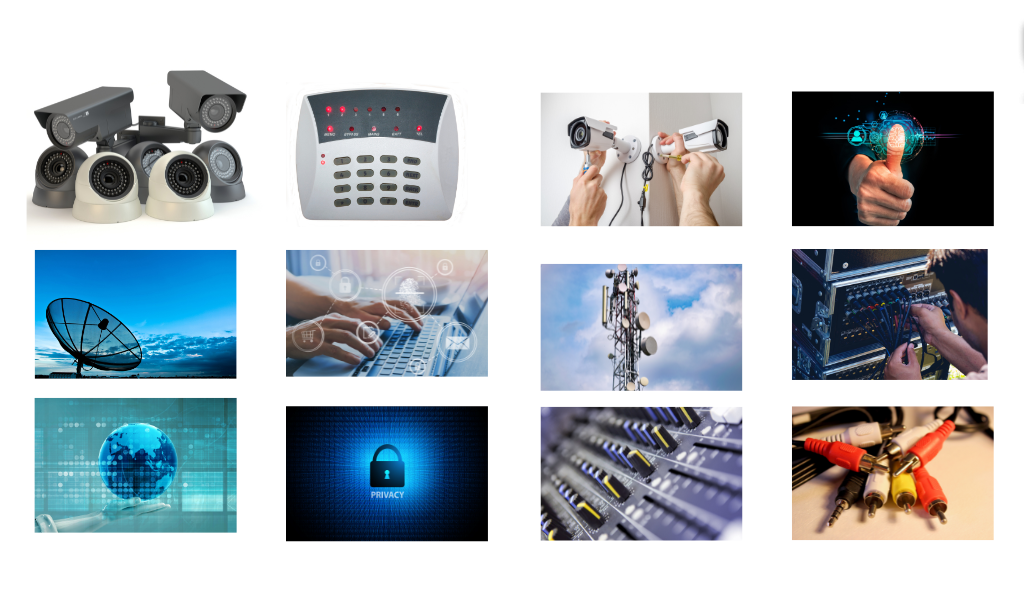 Content Gap Analysis – Find What Competitors Are Missing!
Content Gap Analysis – Find What Competitors Are Missing!
How to protect CCTV systems from EMP interference?
Written by pos » Updated on: June 17th, 2025

Electromagnetic pulses (EMPs) pose a significant threat to modern electronic systems, including CCTV systems. Partnering with the Best Security Company ensures that your CCTV systems are safeguarded against such risks. These powerful bursts of electromagnetic energy can disrupt or permanently damage electronic devices, rendering them inoperative. By understanding the risks and implementing protective measures through expert guidance, you can ensure the continued functionality of your surveillance systems even in the event of an EMP.
Understanding EMP Interference and Its Impact
EMP interference occurs when a sudden burst of electromagnetic energy impacts electronic circuits. This burst can originate from natural events like solar flares or man-made sources such as nuclear explosions or EMP weapons. The intensity of an EMP can vary, but even a small pulse can cause significant disruptions to sensitive electronic equipment.
CCTV systems rely on intricate electronic components, including cameras, recorders, and transmission systems. EMP interference can corrupt their functionality by overloading circuits, wiping stored data, or causing complete system failure. Without adequate protection, an EMP event could compromise the security of sensitive areas and lead to substantial losses.
Assessing Vulnerabilities in CCTV Systems
To effectively protect a CCTV system, it is crucial to identify its vulnerabilities. Key components such as cameras, cables, and storage units are all susceptible to EMP interference. Wireless CCTV systems, which rely on radio frequencies for communication, are particularly vulnerable due to their reliance on electromagnetic signals.
The integration of networked systems further exposes CCTV setups to EMP risks. For instance, IP cameras connected to centralized servers or cloud storage can suffer from cascading failures if one component is disrupted. Understanding these vulnerabilities allows for the implementation of targeted protective measures.
Shielding Against EMP Interference
One of the most effective methods to protect CCTV systems from EMP interference is electromagnetic shielding. Shielding involves enclosing critical components in materials that block or attenuate electromagnetic energy. Faraday cages, made of conductive materials like copper or aluminum, are commonly used for this purpose. By enclosing cameras, recorders, and power supplies within a Faraday cage, the system becomes resistant to EMP pulses.
Another approach is to use EMP-rated enclosures for individual components. These enclosures are designed to protect electronic devices without hindering their operation. Installing shielded cables for data transmission further minimizes vulnerabilities, as unprotected cables can act as antennas, amplifying the impact of EMPs.
The Role of Surge Protection Devices
Surge protection devices (SPDs) play a critical role in safeguarding CCTV systems against EMPs. These devices are designed to detect and divert excess electrical energy caused by electromagnetic pulses. By installing SPDs at critical points, such as power supply lines and data connections, the impact of an EMP can be significantly reduced.
It is essential to select SPDs that are specifically rated for EMP protection. Standard surge protectors may not be sufficient to handle the intense energy levels associated with EMPs. Combining surge protection with other measures, such as shielding and grounding, creates a multi-layered defense system.
Implementing Grounding and Bonding Techniques
Proper grounding and bonding are essential for reducing the risk of EMP interference in CCTV systems. Grounding involves creating a low-resistance path for excess electrical energy to dissipate safely into the earth. This technique prevents energy from building up within the system, reducing the likelihood of damage.
Bonding connects all metallic components of the CCTV system to a common grounding point, ensuring that no differential voltages can develop between them. Together, grounding and bonding create a cohesive electrical environment that minimizes the impact of EMP pulses.
Backup Power Systems and Redundancy
Power supply disruptions are a common consequence of EMP events. Protecting CCTV cameras requires the implementation of robust backup power solutions, such as uninterruptible power supplies (UPS) and EMP-hardened generators. These systems ensure the continuous operation of surveillance systems during and after an EMP event.
In addition to backup power, redundancy is a vital consideration. Implementing redundant data storage systems, such as localized storage in addition to cloud backups, minimizes the risk of data loss. These redundancies provide fail-safes, ensuring that critical footage remains accessible even if one component is compromised.
Testing and Maintenance for EMP Preparedness
Regular testing and maintenance are crucial for ensuring that EMP protection measures remain effective over time. Conducting simulated EMP events or using EMP testing equipment helps identify weaknesses in the system. Periodic inspections of shielding, grounding, and surge protection devices ensure they remain in optimal condition.
As technology evolves, so do EMP threats. Staying updated on advancements in EMP protection and upgrading components as needed is essential for maintaining a resilient CCTV system. Collaboration with experts in electromagnetic compatibility further enhances preparedness.
The Importance of Training and Awareness
Protecting CCTV systems from EMP interference requires more than just technological solutions; it also involves educating personnel about the risks and countermeasures. Training security teams and system operators on the principles of EMP protection ensures that they understand the importance of preventative measures and can respond effectively in the event of an EMP.
Awareness campaigns can also extend to organizational decision-makers, emphasizing the need for investment in EMP-resistant infrastructure. By fostering a culture of preparedness, organizations can ensure their CCTV systems remain operational under adverse conditions.
Conclusion
CCTV systems are invaluable assets for security and surveillance, but they are not immune to the risks posed by EMP interference. Implementing comprehensive protective measures, including electromagnetic shielding, surge protection, grounding, and redundancy, ensures the resilience of these systems. Regular testing, maintenance, and personnel training further strengthen preparedness.
As the threat of EMPs continues to evolve, staying proactive and adopting advanced protection techniques will safeguard CCTV systems from disruption. By prioritizing EMP protection, organizations can ensure the uninterrupted security of their assets, facilities, and personnel.
Note: IndiBlogHub features both user-submitted and editorial content. We do not verify third-party contributions. Read our Disclaimer and Privacy Policyfor details.
Copyright © 2019-2025 IndiBlogHub.com. All rights reserved. Hosted on DigitalOcean for fast, reliable performance.



